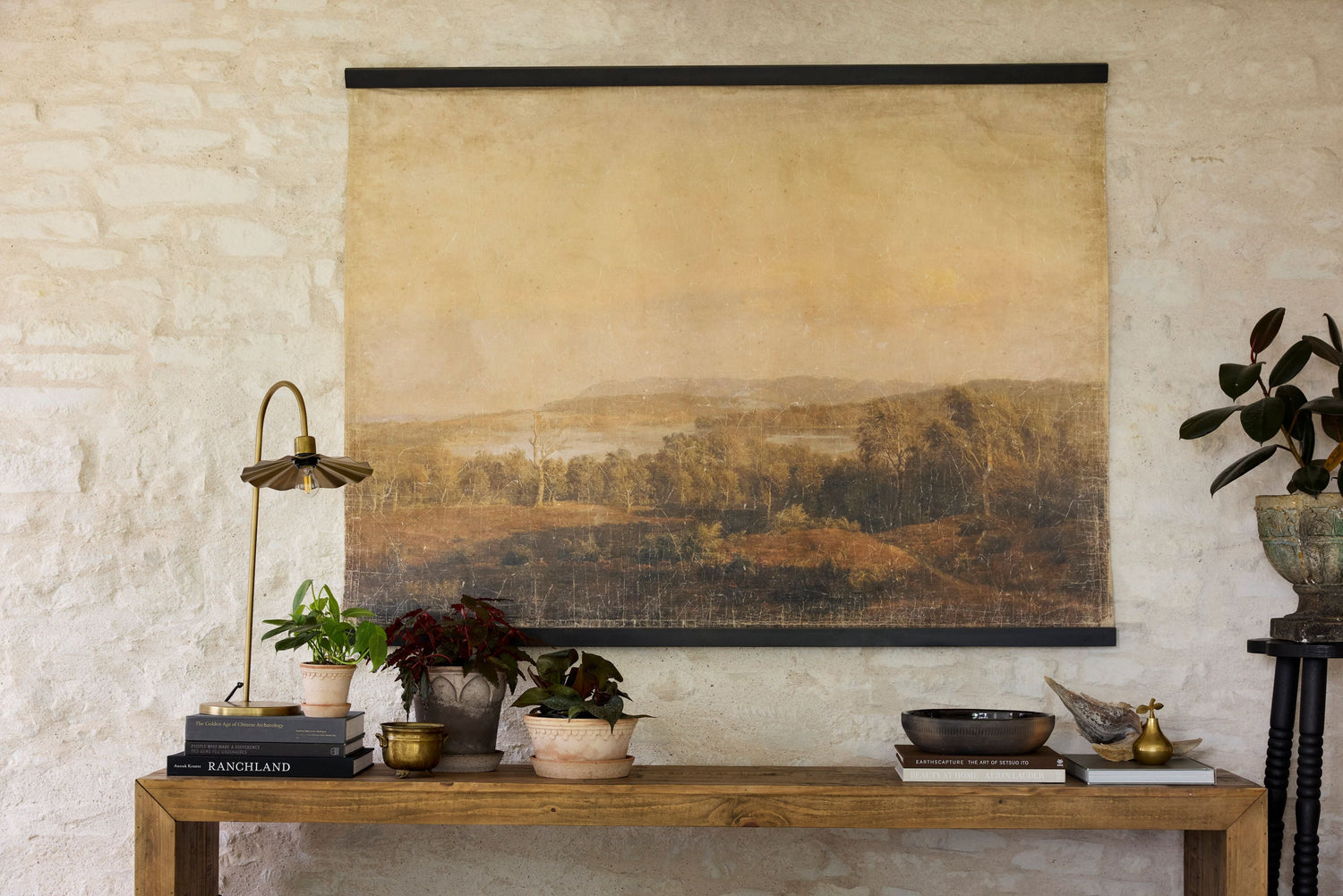Framing Tips for Large Pieces: A Guide for Photographers
As a professional photographer, you're no stranger to the impact of a well-framed photograph. In the world of large-scale photography, the framing tips for large pieces become even more crucial. Whether you're preparing for an exhibition, decorating a studio, or enhancing a clients space, understanding the art of framing can transform your work from impressive to breathtaking.

Why Framing Matters
The frame of a photograph does more than just provide a border; it enhances the image, protects it, and can even change the perception of the art. A carefully chosen frame complements the image and adds value to the overall presentation. Especially for large pieces, the right framing can be the difference between a piece that captivates an audience and one that falls flat.
Choosing the Right Frame
When it comes to framing tips for large pieces, size and proportion are key. The frame must be robust enough to support the weight of the piece without overpowering it. Consider materials that complement the subject of the photo and the space in which it will be displayed. For a rustic look, wood frames can add warmth, while metal frames offer a sleek, modern edge.
An important tip is to ensure that the frame color enhances the dominant colors in your photograph. This harmony can make the image pop and draw the viewer's eye directly to the work. For more ideas, you might want to see how other professionals create stunning displays, as discussed in this article on photo wall displays.
Glass and Matting
When framing large pieces, the choice of glass and matting is just as crucial as the frame itself. Non-reflective glass is often preferred to minimize glare and protect the image from light damage. The mat should provide a visual buffer that draws attention to the image without distracting from it, often using neutral colors to create a balanced visual experience.
Installation Considerations
Once you've selected the perfect frame, the next step is installation. Large pieces require secure mounting systems to ensure they stay safely affixed to the wall. Professional photographers often recommend using a French cleat or a similar system for added stability. Learn more about these techniques from this resource on canvas wall decor.
Creating a Cohesive Display
When showcasing multiple large pieces, it's essential to create a cohesive look. This involves balancing the size, color, and theme of the framed pieces. Consider mixing and matching frames for an eclectic look, or using identical frames for a more uniform appearance. The goal is to ensure that while each piece stands out, they collectively tell a story.
For those interested in mixing different styles, combining abstract elements with framed photographs can create a dynamic display. More insights on this can be found in our guide on wall designs.
Maintaining Large Framed Pieces
Maintaining the integrity of large framed photographs is vital. Regular dusting and the occasional glass cleaning with a microfiber cloth will keep the frame and the image pristine. Avoid placing framed pieces in direct sunlight, as this can cause fading over time. If possible, use UV-protective glass to add an extra layer of defense against the sun's rays.
Consulting with Professionals
Sometimes, the best approach is to consult with framing professionals who can provide tailored advice based on your specific needs. They can offer insights into the best materials and techniques to use for your particular pieces. For more detailed advice and inspiration, check out this gallery wall inspiration.
Conclusion
Mastering the art of framing large pieces is an essential skill for any professional photographer. With the right frame, glass, and installation techniques, your work can achieve its full potential. Remember, framing is not just about aesthetics; it's about enhancing and preserving the beauty of your art. By following these tips, you'll be well on your way to creating striking presentations that captivate and inspire.

FAQ
What are the best materials for framing large photographs?
Wood and metal are popular choices, each offering different aesthetic and functional benefits. Wood adds warmth, while metal provides a sleek finish.
How do I prevent my large framed photos from warping?
Ensure they are securely mounted using professional-grade hardware like French cleats. Also, avoid exposing them to high humidity or direct sunlight.
Can I mix different frame styles in one display?
Yes, mixing frame styles can add interest and variety. Ensure that there's a cohesive element, such as a common color theme, to tie the display together.

